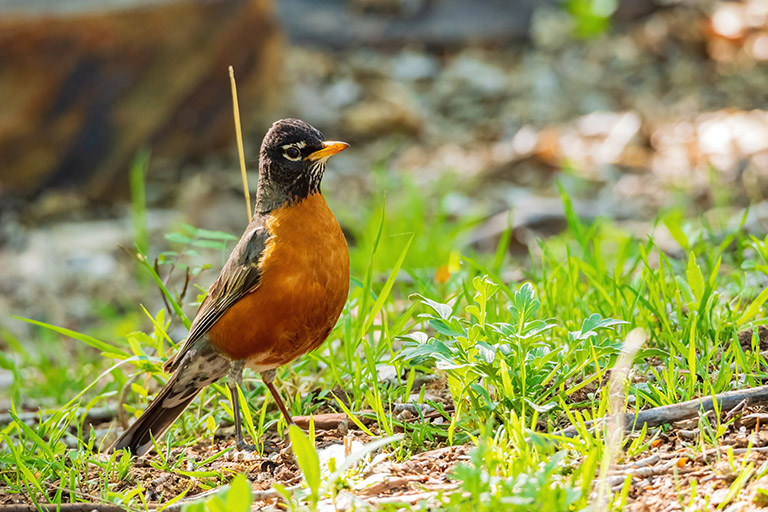The Problem
As climate change destabilizes environments across the country, it is vital that researchers find ways to monitor the changing habitats and behaviors of plants and animals.
One method is to use stable isotopes—forms of the same element with differing numbers of neutrons— to evaluate species diets and migration in relation to climate and land-use change. Because isotopes of carbon, nitrogen, oxygen, and hydrogen vary in water and vegetation across the landscape, researchers can use those unique signatures to learn more about where animals have been and how they’ve survived.
Using isotopic signatures, researchers seek to answer questions about animals’ abilities to tolerate urban habitats, bird migration pathways and timing, and how changes in behavior may impact other processes, such as dispersal of zoonotic diseases carried by birds.



